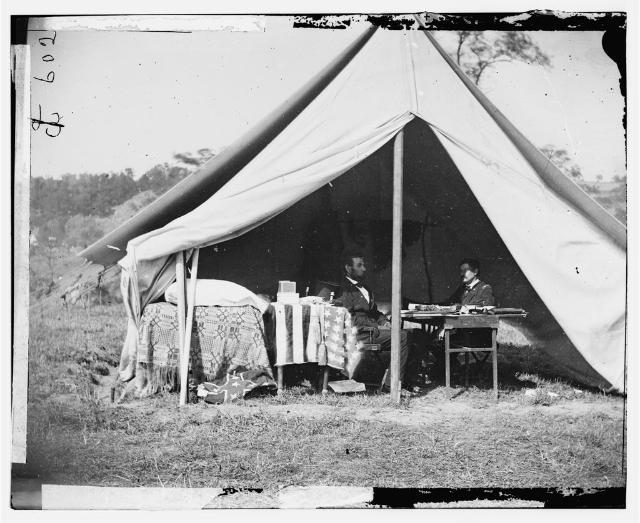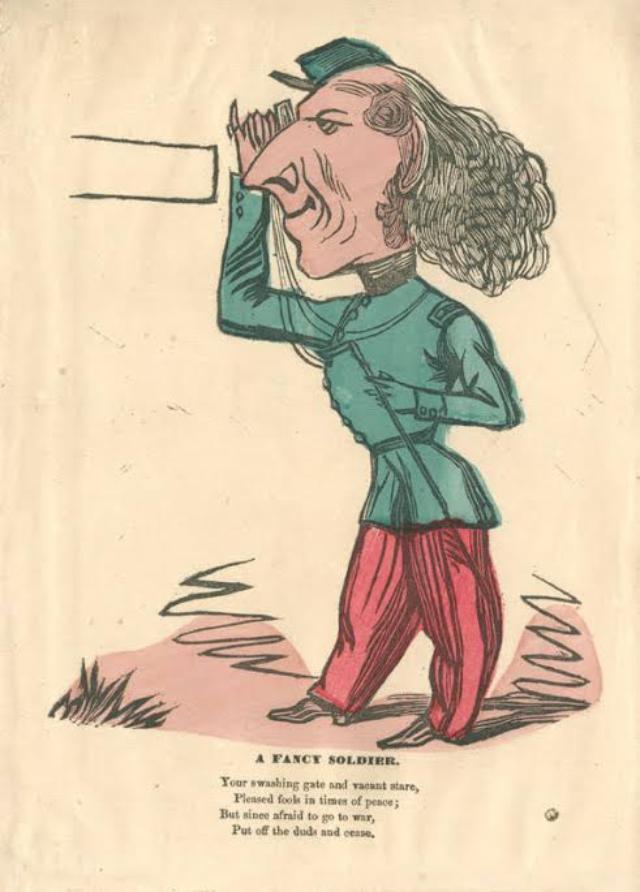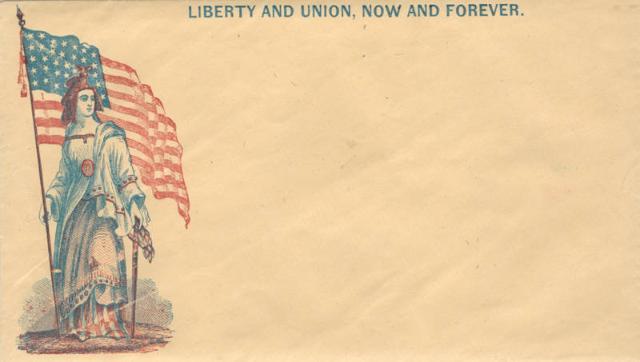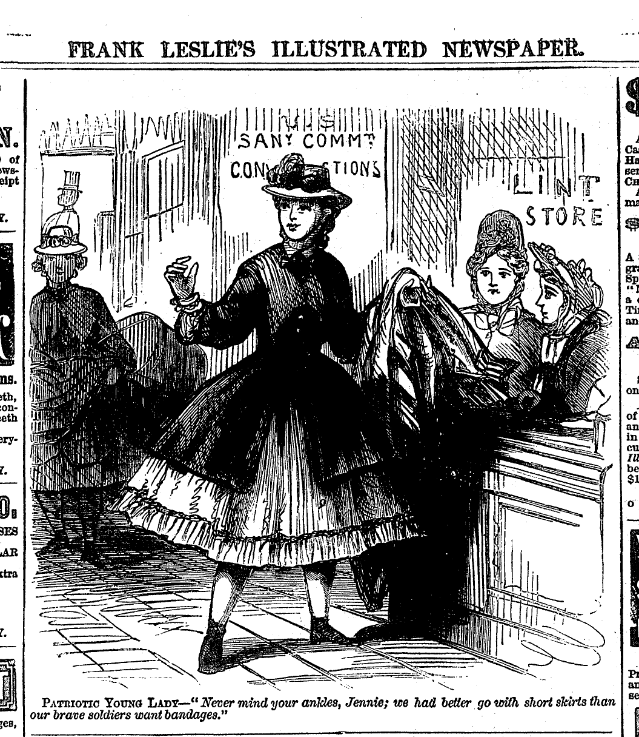History professor takes a new look through the 'Lens of War'
April 9, 2015
Images from the Civil War give us insight not only into the conflict, but what life was like for Americans on and off the battlefield. At the close of the war's 150th anniversary, two new books by history professor Matt Gallman shed light on the Civil War – and a nation convulsed by it – through historic photographs, drawings and cartoons.
In "Lens of War," which Gallman co-edited with Gary W. Gallagher, leading historians interpret how photos from the era reveal and conceal aspects of the war.
"The book as a whole illuminates the significance of photography in bringing truth – or a version of truth – to folks back home," said Gallman.
In the second book, "Defining Duty in the Civil War: Personal Choice, Popular Culture, and the Union Home Front," due out in May, Gallman describes how political cartoons and other illustrations show the realities of wartime life.
"This book is really about how wartime popular culture provided citizens with guidance on how to behave," he said.
We asked Gallman to give us a preview of some of his favorite images from the books.
President Lincoln and General George McClellan, 1862

"This picture, the subject of my essay in 'Lens of War,' was taken by Alexander Gardner, who was working for Mathew Brady at the time. This image has the feel of a very candid portrait of two powerful men talking about the future. And there is some truth to that, but the limitations of the technology meant that the picture had to be posed and both men had to essentially freeze in position to get a good shot. So, it was not quite the candid snapshot we might imagine."
Image courtesy of Library of Congress
"A Fancy Soldier," a comic valentine

"The Fancy Soldier is mocking the false patriot. He has a great uniform and marches around, but he really isn't going to war at all. I have a whole chapter on the discussions of these false soldiers. Some are really in the military, but never manage to leave home. Others are in the home guard, like this fellow, and get uniforms but face no risk. Others are just hypocrites who bluster about the war, but do not enlist. I think that in today's society there is a similar hostility to hypocrisy, and particularly dishonesty. The politician who claims he was a military hero when he was not is worse than the politician who never went to war. The reporter who bloviates about his heroism under fire, when he has never reported from a real combat zone, is the subject of ridicule. Oddly enough, there were some wonderful wartime cartoons done by war correspondents where they engage in self-mockery, making it quite clear that they knew that they were not the heroes."
Image courtesy of Library Company of Philadelphia
Patriotic envelope

"The Civil War saw an explosion in personal correspondence as young men went off to war, generating a thriving business in patriotic envelopes. More than fifteen thousand envelope designs appeared during the four years of war. They were a very easy way for a home front patriot to declare support for the war. On the other hand, it is an essentially painless way to announce that you were a patriot. In that sense, it is not much different from the modern figure who wears a flag pin. The sentiment is real, but it is also without sacrifice. Needless to say, this sort of patriotic imagery is the reverse of 'The Fancy Soldier.'"
Image courtesy of the Library Company of Philadelphia
Patriotic Young Lady, 1864

"I love this cartoon, although I think that the interpretation is complicated and open to multiple views. On the one hand, the young lady is volunteering for the United States Sanitary Commission, which did lots of good work in support of the U.S. forces. They raised money and rolled bandages and sent packages to the front. On the other hand, the cartoonist is clearly playing with the idea that she is -- in the name of the war effort -- wearing shortened skirts that are a bit risqué for the time, while also being quite fashionable. The wartime conversation about citizenship and patriotism was intertwined with the cultural ideas of the time. We see lots of stories and cartoons praising the roles of patriotic women, but many include this sort of backhanded sexism."
Image courtesy of HarpWeek